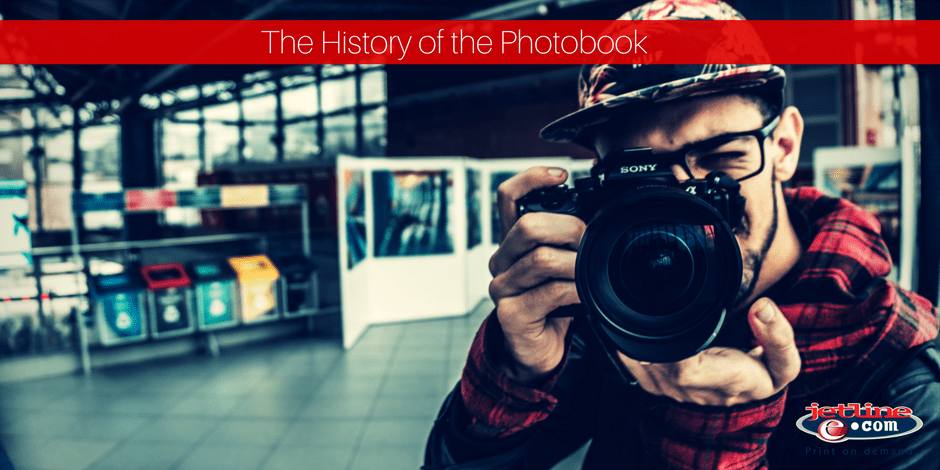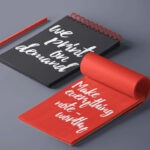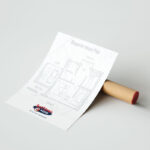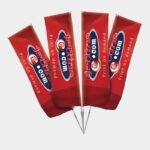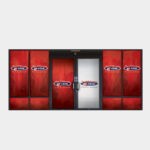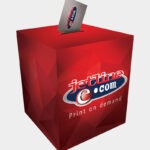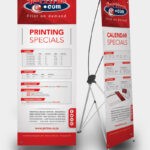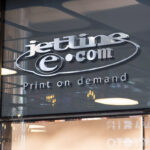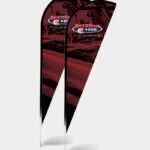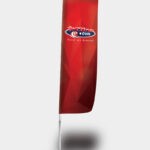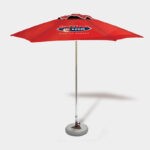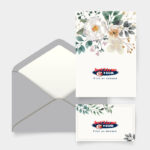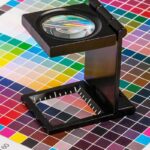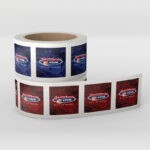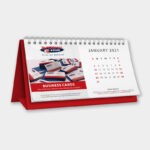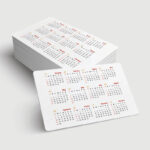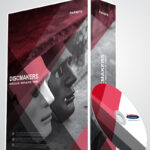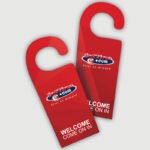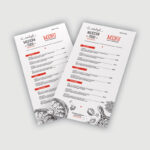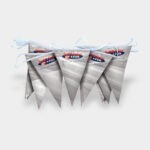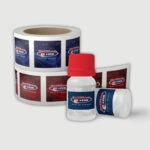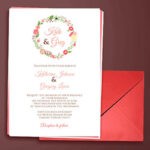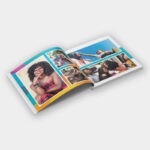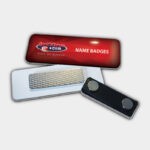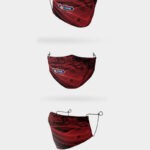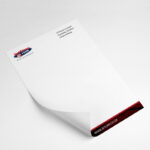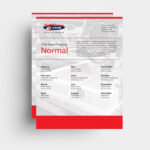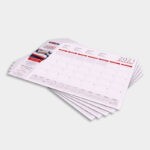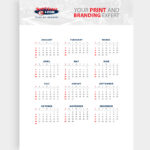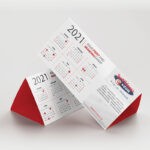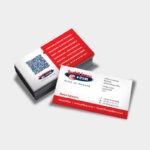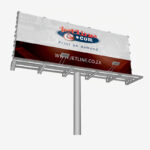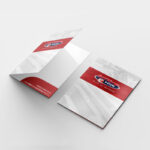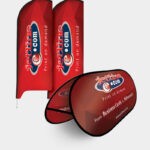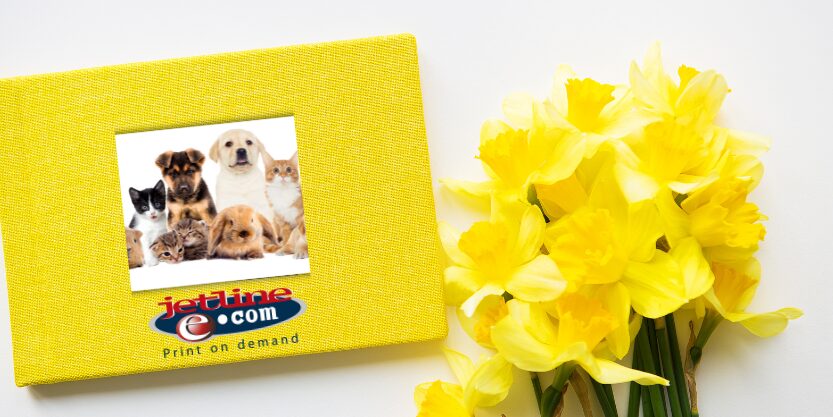We live in a digital world and it is almost as if nothing is tangible anymore. We cannot forget the value of touch and the influence it has on our spirits. We hide ourselves behind online communication, share thousands of images online and hardly stop to remember these documented moments.
Look at your smart phone. How many images have you got saved? Hundreds? Thousands? Do these images have special meaning or are they just a collection of arbitrariness? Your memories are buried among thousands of images, and before you know it, you would have forgotten them.
We are beginning to become aware of our non-personalised approach to our special moments. This is why personalised photobooks have grown in popularity. They combine both digital and traditional means to create long-lasting and tangible memories. Photobooks have been around since the 1800s and their evolution is astounding.
Early Photobooks
Early photobooks can be characterised by their use of photographic printing as part of their reprographic technology. The images were not printed directly onto the same paper stock used for letterpress printed texts.
Early titles would be printed in small editions and released to only a privileged few. Few of these photobooks exist today due to their vulnerability to light and the elements.
Many believe that Anna Atkins was the first journalist to develop the first photobook. In 1845 Atkins released Photographs of British Algae: Cyanotype Impressions.

This was originally released to assist the scientific community in the identification of marine specimens. Exceptionally innovative for her time, Atkins made use of the non-silver cyanotype printing process. This worked by pressing actual specimens in contact with light sensitive paper- hence a impression in the books title.
Julia Margaret Cameron created the first photobook to illustrate literary works. In 1874 she introduced Tennyson Idylls of the King, a photobook made up of 12 original images. Cameron sought her very own publisher in the process and created a new version of the book that contained her original photographs these were displayed as album prints.

In Japan,photobooks have always been a popular art form. Famous Japanese photographer, Shinzo Fukuhara began producing photobooks in the 1920’s. These post war years brought with them affordably priced photography books this included the popular Japanese magazine Shashin Bunko. Photographer, Ayumi Hamasaki was the first to sell 10000+ copies of a photobook making Ayu No Deji Deji Nikkia the most popular and cherished photobook to come out of Japan.

Personalised Photobook and Photobooks Printers
Photobooks are fully customisable, bound in hard cover leatherette or a fully printed hard cover, in gloss or matt and personalised to ensure that your Photobook is unique to you and your style.

You are not held back in your creativity when putting together your photobook. You are able to source through a huge collection and variety of styles, themes, backgrounds and formats. Thanks to the evolution of digital technology, we are now able to store digital images in traditionalphoto albums making the process easier and the outcome tangible.
Jetline Personalised Photobook Design and Photobook Printers
Photobooks are printed photo albums, which are perfect for photographs, special events or occasions, friendship, graduation, weddings, travel and much more.
Jetline offers a huge collection and variety of styles, themes, backgrounds and formats.
Jetline Photobooks
Photobooks are fully customisable, bound in hard cover leatherette or a fully printed hard cover, in gloss or matt and personalised to ensure that your PhotoBook is unique to you and your style.
Contact your closest Jetline store for more details.

